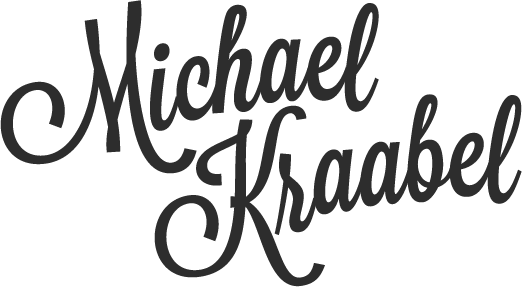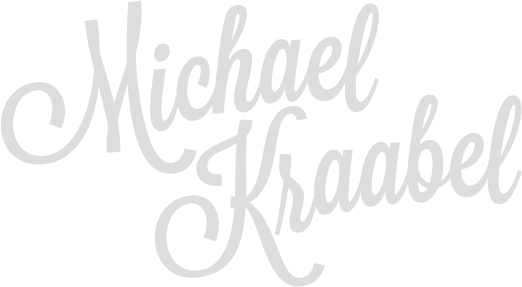Hapu the Weaver and the Birth of Advertising
https://i0.wp.com/www.kraabel.net/wp-content/uploads/2024/07/hapu.jpg?fit=1024%2C576&ssl=1 1024 576 Michael Kraabel Michael Kraabel https://i0.wp.com/www.kraabel.net/wp-content/uploads/2024/07/hapu.jpg?fit=1024%2C576&ssl=1Advertising, as we understand it today, has a rich and fascinating history that stretches back to ancient civilizations. Among the earliest known examples of advertising is the story of Hapu the Weaver, an Egyptian craftsman whose innovative approach to promoting his business has left an indelible mark on the annals of marketing history.
The Context: Ancient Egypt’s Flourishing Economy
In ancient Egypt, around 3000 BCE, the economy was thriving, driven by agriculture, trade, and skilled craftsmanship. The Nile River provided fertile soil for crops, while the surrounding deserts yielded valuable minerals and stones. Amidst this bustling economic activity, artisans and craftsmen like Hapu the Weaver sought to differentiate themselves in a competitive market.
Hapu was a skilled weaver renowned for creating exquisite cloth tailored to the desires of his clientele. To stand out and attract more customers, he devised a clever method to advertise his services, an effort that is often recognized as the world’s first known advertisement.
The First Advertisment
The papyrus in question is believed to date back to around 3000 BCE and was discovered in Thebes. It is written in hieratic script, a cursive form of Egyptian hieroglyphs, and reads as follows:
“To the people of Thebes,
Let it be known that Hapu the Weaver seeks the return of his servant, a weaver of great skill.
The servant, named Tjahapimu, is known for his excellent craftsmanship and is of considerable value to my household.
He was last seen near the market by the river, wearing a linen tunic and carrying a small pouch of weaving tools.
A generous reward of one deben of silver will be given to anyone who brings him back to the house by the Nile.
Hapu the Weaver, renowned for the best cloth woven to your desires.”
The Advertisement: Hapu’s Message to the Masses
Hapu’s advertisement was inscribed on a papyrus, a material made from the pith of the papyrus plant, which was common in ancient Egypt for writing. The message was simple yet effective:
“Hapu the Weaver, Where the best cloth is woven to your desires. Visit the house by the Nile.”
This message, though brief, encapsulated several key elements of effective advertising that are still relevant today:
- Brand Identity: By stating his name, Hapu established a personal connection with potential customers. This personalized approach helped build trust and recognition.
- Value Proposition: Highlighting that he weaves the “best cloth” emphasized the quality of his products, a crucial factor in attracting discerning customers.
- Customization: Mentioning that the cloth is woven “to your desires” indicated a willingness to tailor his services to meet individual needs, appealing to a broad range of clients.
- Location: Providing clear directions to his workshop by the Nile made it easy for interested customers to find him.
The Impact: Hapu’s Legacy in Marketing
Hapu’s advertisement was groundbreaking not only because it was among the first of its kind but also because it laid the foundation for many principles that still guide advertising today. His approach demonstrated the importance of clear, concise messaging and the power of appealing directly to consumers’ needs and desires.
By promoting his services in this way, Hapu likely enjoyed increased business and recognition within his community. His innovative spirit in using written communication to attract customers marks a significant milestone in the history of marketing.
Acknowledging Historical Contexts: A Sensitive Subject
It is important to acknowledge that ancient Egyptian society, like many ancient civilizations, was built on complex social hierarchies, including the presence of slavery. While this historical reality is deeply troubling, it is a part of humanity’s past. I personally oppose all forms of slavery, both historically and in contemporary times. Discussing historical events requires a sensitive and respectful approach, recognizing the human suffering involved while learning from history to ensure a more equitable future.
Lessons for Modern Marketers
Hapu the Weaver’s ancient advertisement offers valuable lessons for today’s marketers. Here are a few key takeaways:
- Simplicity is Powerful: Hapu’s message was straightforward and easy to understand. In an age where consumers are bombarded with information, clarity and simplicity remain crucial.
- Highlight Unique Selling Points: By emphasizing the quality and customization of his cloth, Hapu effectively communicated what set his services apart. Modern marketers should similarly focus on their unique value propositions.
- Accessibility Matters: Providing clear directions to his location ensured that potential customers could easily find him. In today’s digital age, this translates to having a user-friendly website and clear contact information.
- Personal Connection: Hapu’s use of his name helped build a personal connection with his audience. Brands today can achieve this through personalized marketing and authentic communication.
The story of Hapu the Weaver reminds us that the core principles of effective advertising have remained consistent throughout the millennia. By focusing on clear messaging, emphasizing unique strengths, and building personal connections, marketers can continue to craft compelling advertisements that resonate with their audiences. Hapu’s innovative spirit lives on in the ever-evolving world of marketing, inspiring us to blend creativity with strategy to achieve lasting success.














